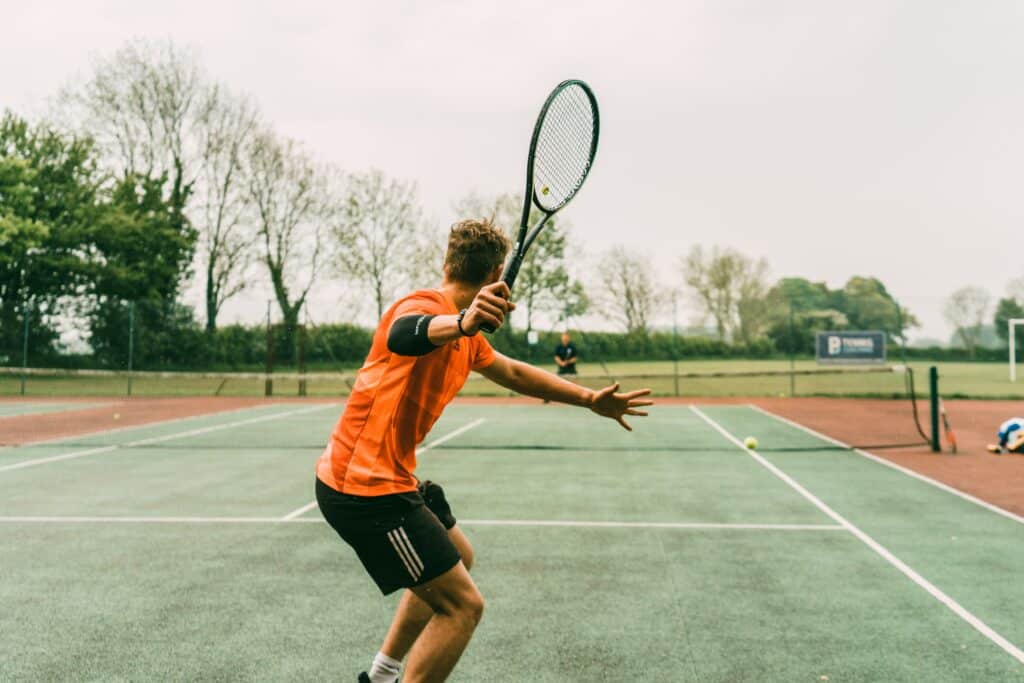 Photo: unsplash.com
Photo: unsplash.com
What we'll cover in this article:
Stay in the loop!
Want to be updated when we publish? Be sure to sign up for our newsletter. No spam, we promise!
Your forehand takeback is too big!
Perhaps you’ve been told that by a trusted coach or heard a tennis commentator refer to it when critiquing a player's forehand technique. Why might they say that, and what do they mean? Well, a common teaching principle of the modern game is an emphasis on developing shorter strokes. One might think a shorter backswing on the forehand would equal less potential power, but that does not reflect what an increased understanding of the biomechanics of a tennis forehand bears out.
Indeed, we're learning that less is more, and compact forehands can often be more effective than big swings. Esteemed American coach Rick Macci (coach of Venus & Serena Williams and Andy Roddick) is famously quoted as saying, "There’s not a right way or a wrong way. But there might be a better way." Tennis players should not be afraid to explore and listen to what the best in biomechanics research can offer. If we can improve our game by making subtle (at times even drastic!) technique changes, we may unlock our highest potential as players. We'll never know if there is a better way unless we put forth the effort to find out!
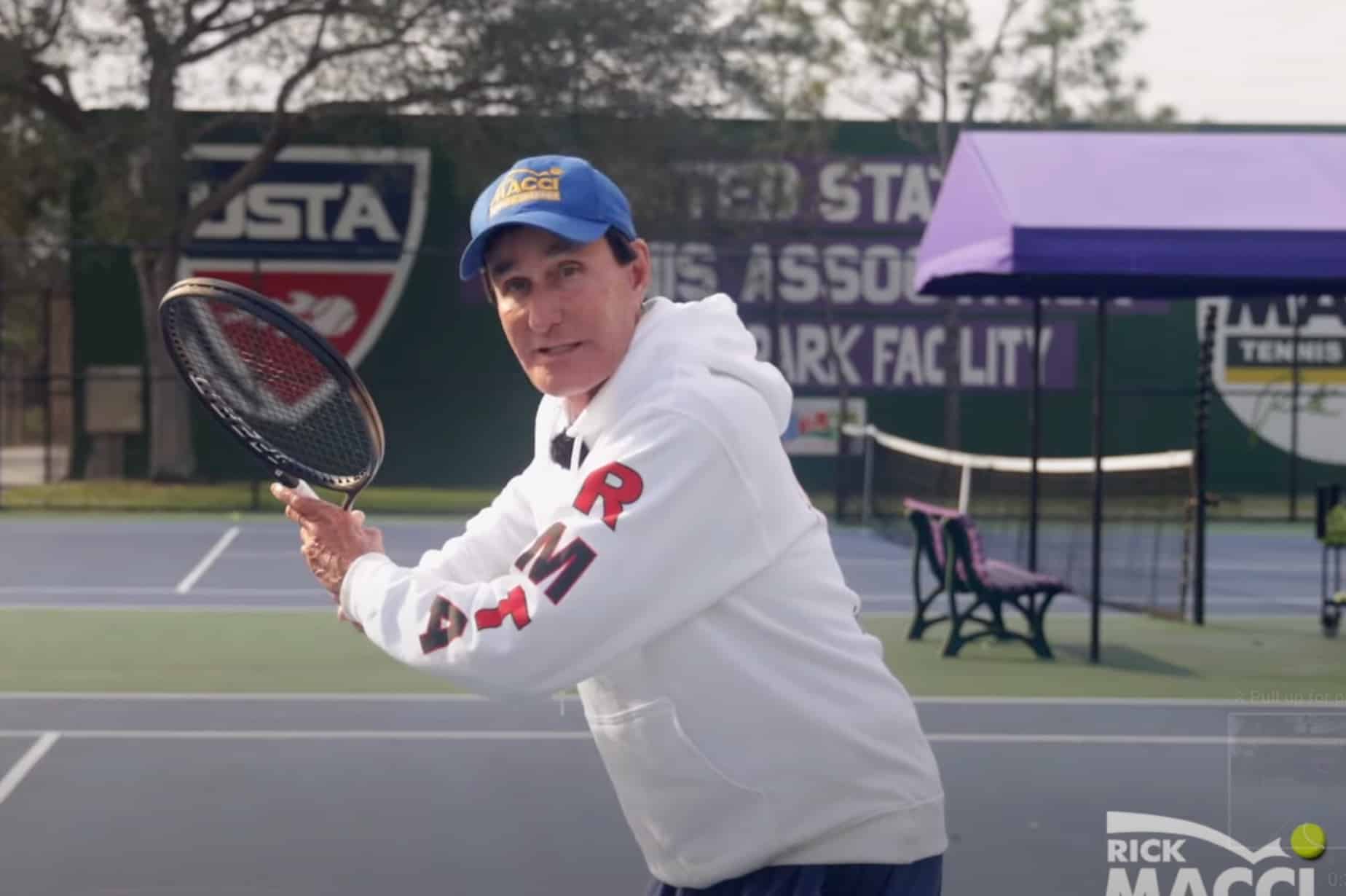
How do I know if I have a big forehand backswing?
A big backswing (for our purposes, interchangeable with "the takeback") is typically noted when the hitting hand and racket head break the body's plane before the start of their forward swing. In other words, as a player is winding up for their forehand, both the hand and racket strings are visible on the other side of the body (as you face the player, the right side for a right-handed player). Have a friend or family member take a video of you hitting the ball from across the net. Does their footage reveal that your hand and strings “break the plane?”
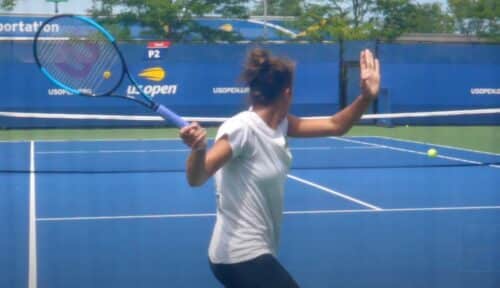
In the professional ranks, bigger forehand backswings are more prominent on the WTA tour. They are likely an ingrained habit from a player's junior days when they lacked the physiological strength to maintain a shorter stroke.
What is a compact forehand backswing, and why is it beneficial?
There are degrees of compact backswings ranging from Adrian Mannarino (super short!) to Roger Federer (half-loop) to Nick Kygrios (next-gen style). Still, they share a specific crucial element: The forehand stroke (from the takeback to the forehand swing to the contact point) remains on the hitting side of the body, and they do not break the plane.
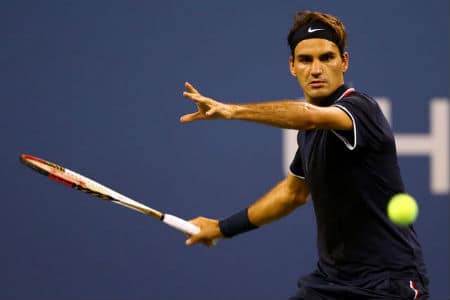
This compact technique has been dubbed the ATP forehand, and such terminology has caught on within coaching circles worldwide. For those who can master it, it's likely an ideal way to execute a forehand for the following reasons.
- Shorter backswings often allow for easier ball timing on fast surfaces such as grass or hard courts.
- Shorter backswings can lead to greater consistency since there are fewer moving parts and less motion time of the hitting hand through the air.
- Shorter backswings usually result in a faster and more powerful forehand swing as they are less susceptible to improper use of the kinetic chain (i.e., arming the ball).
But is a compact forehand stroke the best solution for everyone?
As with most things technical in tennis, it’s not a one size fits all approach. What’s optimal for one or even most players might not always work for you. For every Paul Badosa (short takeback), there’s a Madison Keys (larger takeback), and both are incredibly successful players with great forehands. Still, being willing to experiment is key. Remember, there could be a better way for you!
Drilling Technique with the TopspinPro
The TopspinPro is a tremendous tool to implement when exploring a technique change. The ball and contact point remain static while you hone in on the desired technical element.
One helpful drill that promotes a more compact forehand is the "elbow hold," and it's very simple to perform (Alex from Top Tennis Training is doing it below). During your takeback, position your off arm under your hitting elbow (with a light grip), and then execute a forward swing (You can let your off-arm grip once you begin the forward swing.) This drill ensures that the hitting elbow stays on the hitting side of the body and can be practiced effectively with the TopspinPro.
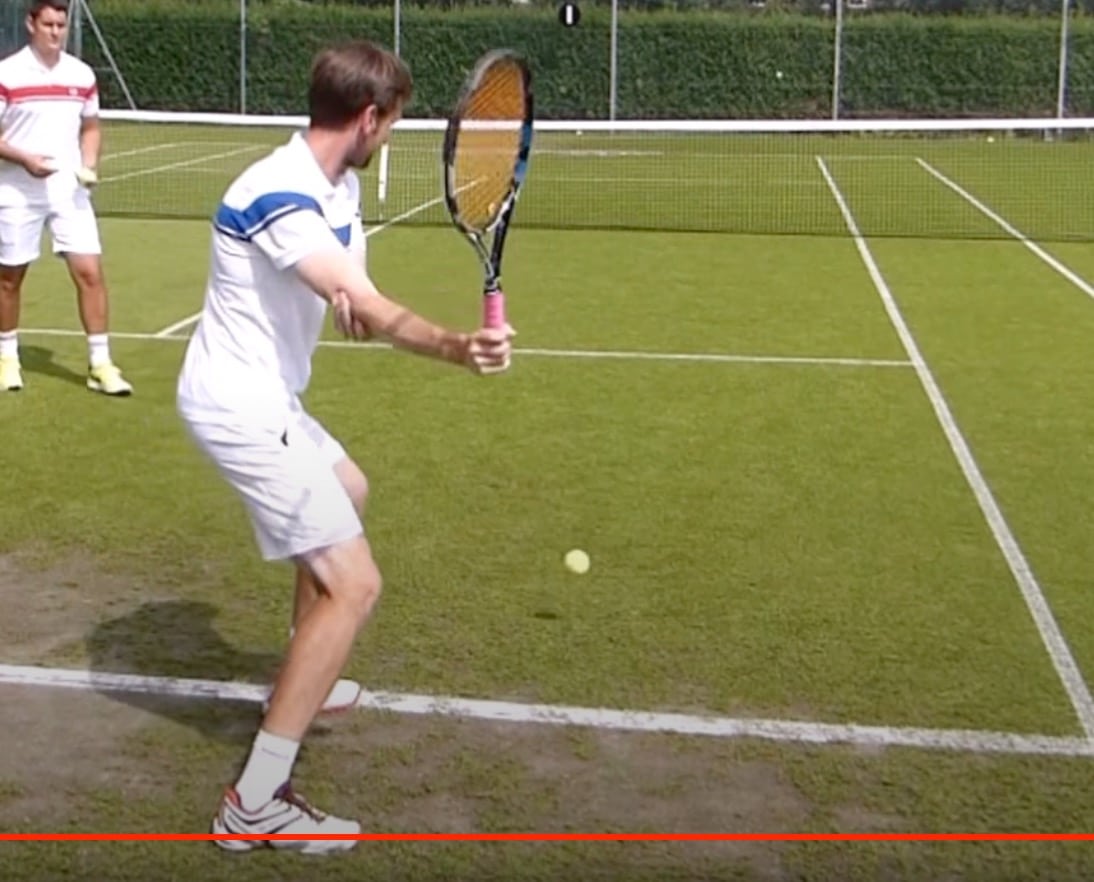
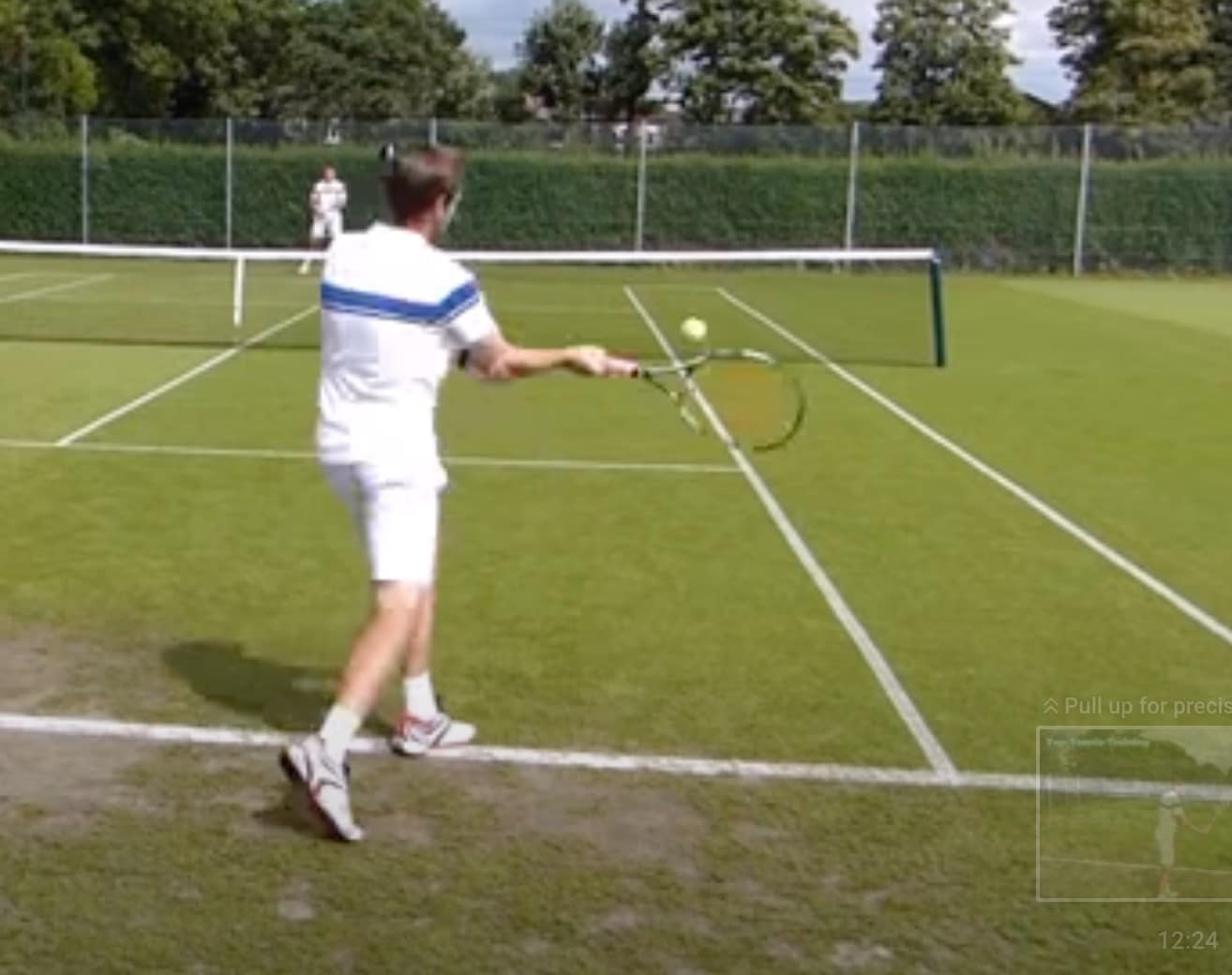
If you need greater consistency or power and would fit the criteria of a large forehand takeback, consider adapting to a more compact stroke. Through intentional practice and proper drilling, you might discover that a compact takeback elevates the effectiveness of your forehand and takes your game to a whole new level.
TOPSPINPRO BEGINNER COURSE: A RALLY READY FOREHAND IN 21 DAYS
If you want to get a little more guidance with your forehand you can check out our online course here.
FAQs
-
Why is a shorter forehand backswing recommended in modern tennis?
A shorter forehand backswing is recommended because it can lead to greater consistency and easier ball timing, especially on fast surfaces like grass or hard courts. This technique also often results in a faster and more powerful forehand swing due to fewer moving parts.
-
How can I tell if my forehand backswing is too big?
A big forehand backswing is when your hitting hand and racket head break the body’s plane before the forward swing. You can check this by having someone record you hitting the ball and seeing if your hand and strings are visible on the opposite side of your body.
-
What is a compact forehand backswing, and why is it beneficial?
A compact forehand backswing keeps the stroke on the hitting side of the body and does not break the plane. This technique can improve timing, consistency, and power, making it a potentially ideal way to execute a forehand.
-
Is a compact forehand stroke suitable for everyone?
Not necessarily. What’s optimal for one player might not work for another. Players like Paul Badosa and Madison Keys have different takeback styles but are both successful. It’s important to experiment and find what works best for you.
-
How can the TopspinPro help in practicing a more compact forehand?
The TopspinPro helps by keeping the ball and contact point static, allowing you to focus on technical elements. A useful drill is the “elbow hold,” where you position your off arm under your hitting elbow during the takeback to ensure the hitting elbow stays on the hitting side of the body.
Links Related to This Article
Enjoyed this article?
Be sure to sign up for our newsletter and we'll keep you up to date about new posts
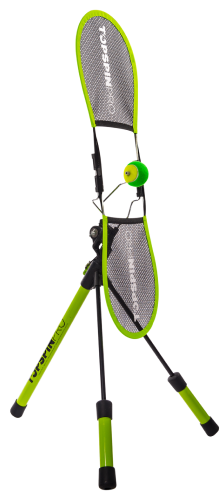
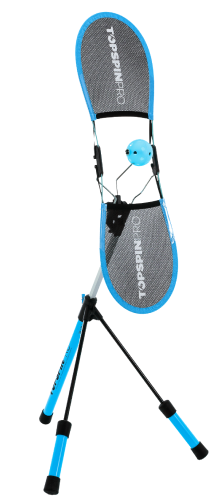
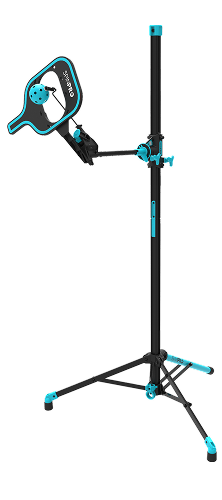


1 comment
Very good!
(Rational explanation and then suggested drilling )